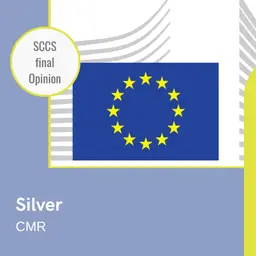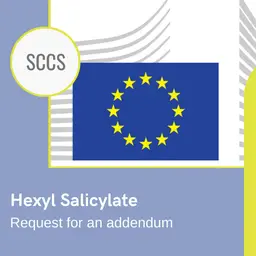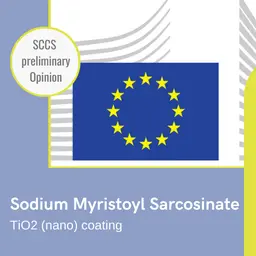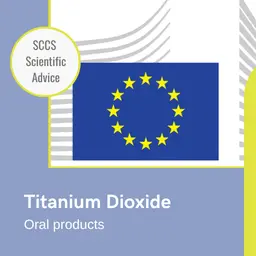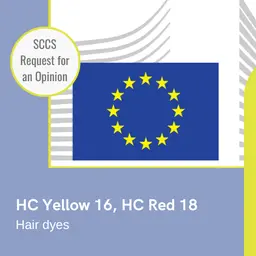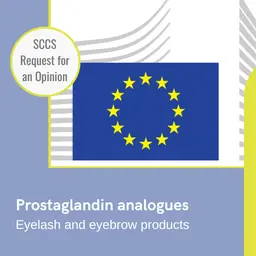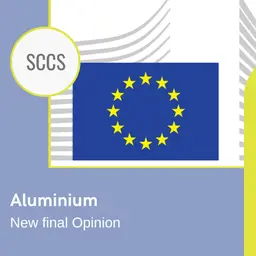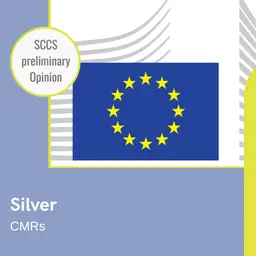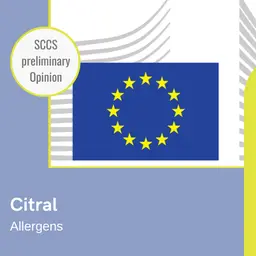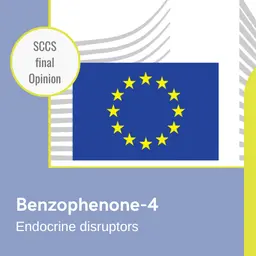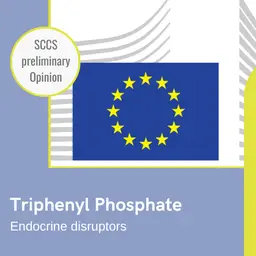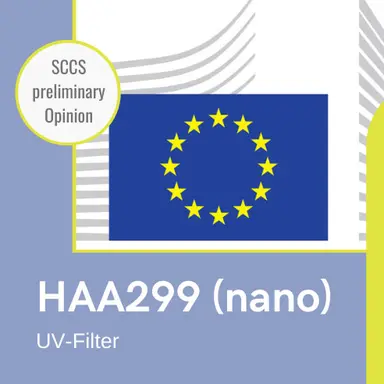
Following the mandate given by the European Commission to the SCCS in October 2020, the Scientific Committee has just published its preliminary Opinion on the safety of the UV-filter HAA299 (nano). It has been adopted by written procedure on 22 July 2021 and is open for comments until 27 September 2021.
Background
HAA299 (nano) - INCI: “Bis-(Diethylaminohydroxybenzoyl Benzoyl) Piperazine” (CAS 919803-06-8) - is a cosmetic ingredient with the reported functions of UV-filter.
In its Opinion SCCS/1533/14, the SCCS concluded that “the use of non-nano HAA299 […] at a concentration up to 10% as an UV-filter in cosmetic products, does not pose a risk of systemic toxicity in humans.” But the Committee added that this “Opinion does not cover the safety evaluation of HAA299 which is composed of nano particles.””
In September 2020, a dossier was submitted requesting a safety assessment of HAA299 (nano) for use as a UV filter up to a maximum concentration of 10%.
For an exhaustive background information, see the article
• HAA299 (nano): New request for SCCS Opinion, CosmeticOBS, 9 November 2020
Opinion
1. In light of the data provided, does the SCCS consider HAA299 (nano) safe when used as a UVfilter in cosmetic products up to a maximum concentration of 10%?
The available data indicate that HAA299 (nano) is a practically insoluble material, with very low dermal absorption. Due to the very low systemic availability, the material is unlikely to exert systemic genotoxic or reproductive effects. The NOAEL of 1000 mg/kg/day indicates that the …

